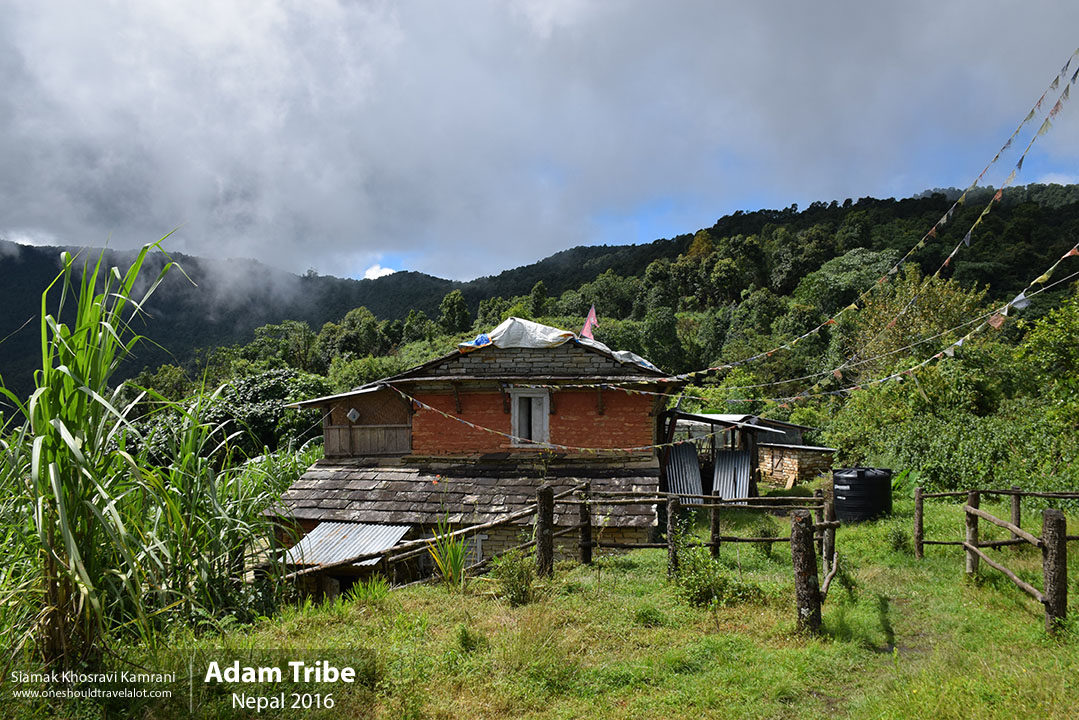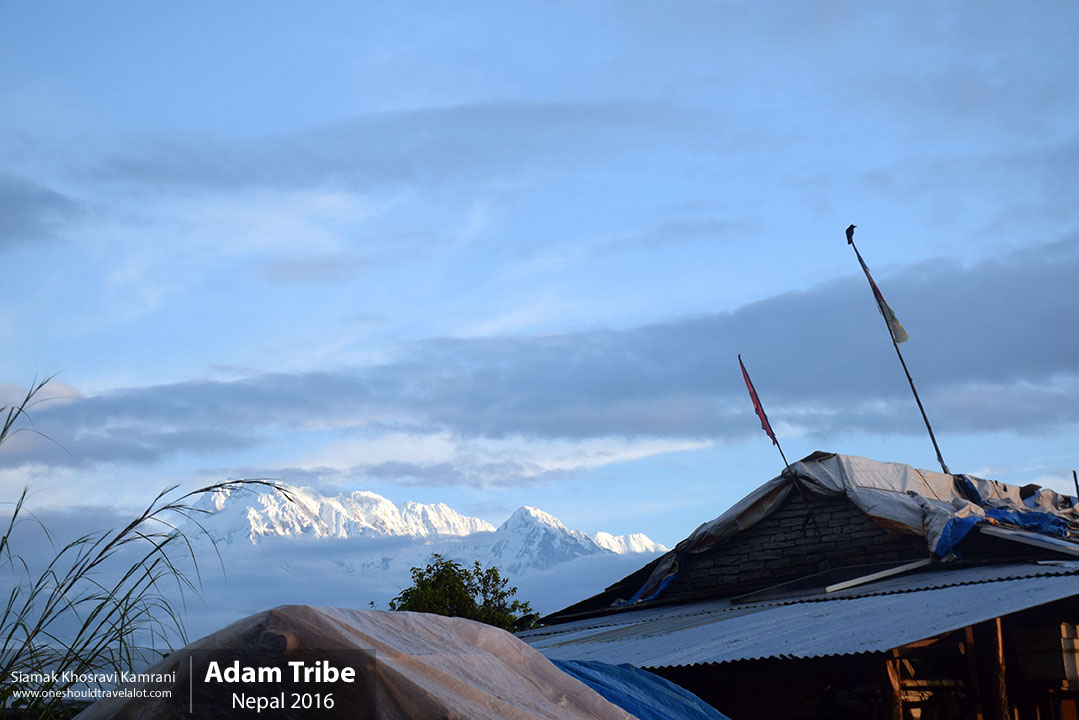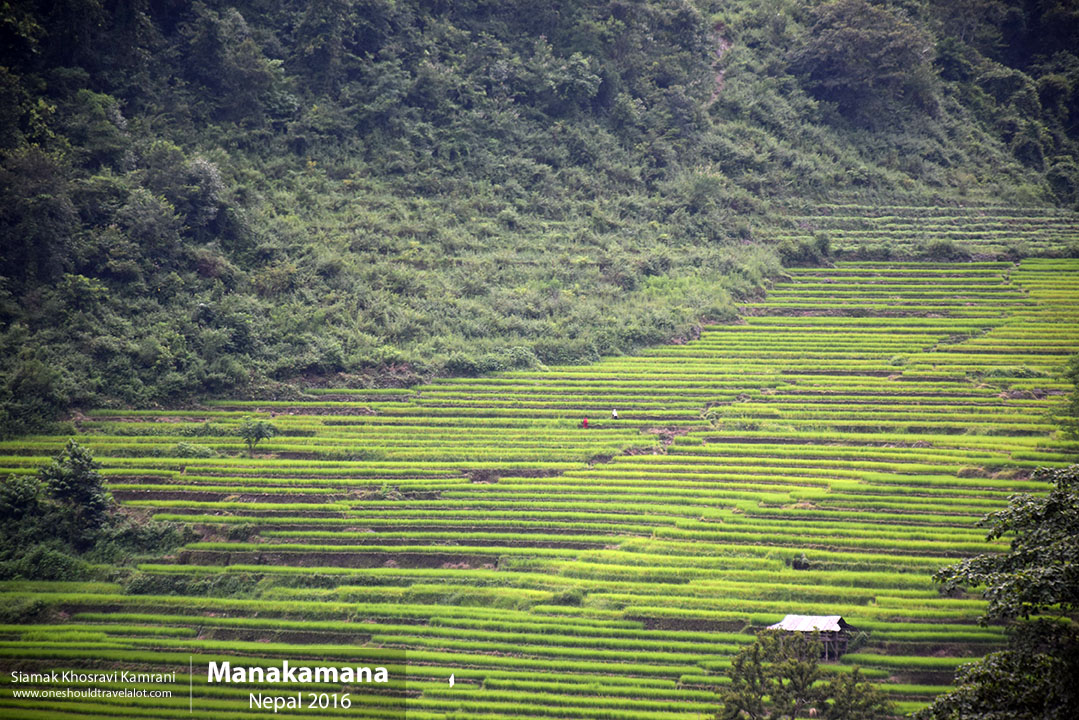Exploring Gorkha: A Photographer’s Journey
Arrival in Gorkha: First Impressions
As the bus wound its way through the verdant hills and terraced fields, I caught my first glimpse of Gorkha, a town nestled in the heart of Nepal. The journey from Kathmandu had been long but filled with picturesque views that foreshadowed the beauty awaiting me. Gorkha, known as the ancestral home of the Shah dynasty and the birthplace of King Prithvi Narayan Shah, holds a special place in Nepal’s history.
Upon arrival, I was immediately struck by the serene atmosphere and the friendly faces of the locals. The town, though modest in size, exuded a charm that was both welcoming and steeped in history. The air was fresh, a mix of mountain breezes and the scent of blooming flowers, offering a stark contrast to the bustling cities I had left behind.
The Historical Heart: Gorkha Durbar
My first stop was the Gorkha Durbar, a palace that stands majestically on a hill overlooking the town. The climb to the palace was steep, but each step offered a breathtaking view of the surrounding landscape. As I ascended, I couldn’t help but capture the panoramic vistas through my lens – the terraced fields, the distant Himalayas, and the tranquil valleys below.
The Gorkha Durbar itself is a testament to the architectural prowess of the Newar artisans. Built in the 16th century, the palace complex includes the main palace, temples, and courtyards, each adorned with intricate wood carvings and stone sculptures. The palace was not only the royal residence but also a fort and a temple, making it a significant historical and cultural landmark.
Embracing Local Culture: The People of Gorkha
One of the highlights of my visit to Gorkha was the opportunity to interact with the locals. The people of Gorkha are predominantly Gurung and Magar, known for their warm hospitality and rich cultural heritage. I spent an afternoon in a Gurung village, where I was welcomed with traditional dances and songs. The vibrant attire of the dancers, the rhythmic beats of the madal (a traditional drum), and the harmonious melodies created a mesmerizing spectacle.
I also had the chance to participate in a local festival. The villagers were celebrating Dashain, one of the most significant festivals in Nepal. The festival, which lasts for fifteen days, is a time for family reunions, animal sacrifices, and blessings. I documented the rituals and ceremonies, capturing the essence of the celebration – the joy, the reverence, and the sense of community.
Capturing the Landscapes: Nature’s Canvas
Gorkha’s natural beauty is a paradise for photographers. The town is surrounded by lush hills, terraced fields, and pristine rivers, offering countless opportunities for landscape photography. Early one morning, I set out to capture the sunrise over the hills. The first light of dawn bathed the landscape in a golden hue, creating a magical scene that was both serene and awe-inspiring.
I also explored the nearby Manakamana Temple, which is accessible by a cable car ride offering spectacular views of the Trishuli River and the surrounding hills. The temple, dedicated to the Hindu goddess Bhagwati, is a popular pilgrimage site. The journey to the temple provided ample opportunities to capture the natural beauty of the region – the dense forests, the cascading rivers, and the distant snow-capped peaks of the Himalayas.
Living Traditions: Handicrafts and Cuisine
Gorkha is not only a place of historical and natural beauty but also a hub of traditional crafts and cuisine. The town is known for its handcrafted khukuri (a traditional Nepali knife), which is both a tool and a symbol of valor. I visited a local workshop where artisans skillfully forged these knives, a craft passed down through generations. Photographing the process – the intense concentration of the artisans, the glowing forge, and the finished products – was a fascinating experience.
The local cuisine was another highlight of my stay. I indulged in traditional Nepali dishes such as dal bhat (lentil soup with rice), gundruk (fermented leafy greens), and sukuti (dried meat). Each meal was a delightful blend of flavors and spices, reflecting the culinary heritage of the region. I made sure to capture the vibrant colors and textures of the dishes, adding another layer to my visual documentation of Gorkha.
A Glimpse of Everyday Life: The Markets and Streets
The markets and streets of Gorkha provided a glimpse into the everyday life of its residents. The main bazaar was a bustling hub of activity, with vendors selling everything from fresh produce to handmade crafts. The narrow streets were filled with the sounds of haggling, the aroma of street food, and the laughter of children playing. I spent hours wandering through the market, photographing the lively scenes and the diverse array of goods on display.
One of my favorite moments was capturing the expressions of the local women adorned in traditional attire, their faces reflecting a blend of grace and strength. The market was not just a place of commerce but also a social gathering spot, where people met, exchanged news, and shared stories.
Reflections and Farewell
As my time in Gorkha drew to a close, I reflected on the experiences and memories I had gathered. Gorkha had offered me a unique blend of history, culture, and natural beauty. The town’s rich heritage, the warmth of its people, and the breathtaking landscapes had left an indelible mark on my heart.
Through my lens, I had tried to capture the essence of Gorkha – the grandeur of its historical sites, the vibrancy of its cultural traditions, and the serenity of its natural surroundings. Each photograph told a story, a snapshot of the life and beauty that define this remarkable town.
Leaving Gorkha, I felt a sense of gratitude for the journey and the opportunity to immerse myself in its timeless charm. As I boarded the bus back to Kathmandu, I knew that the memories of Gorkha would stay with me, inspiring future adventures and enriching my journey as a photographer.



